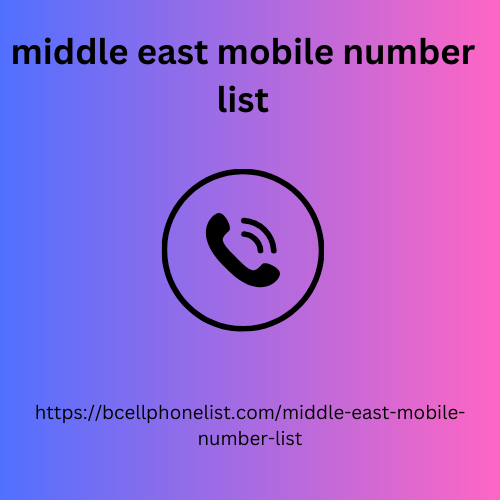Imagine if every employee in your organization became a passionate advocate for your brand, sharing their unique perspective and amplifying your reach online.
Employee advocacy is more than a buzzword: it’s a powerful strategy to leverage your company’s individual voices to build brand presence, connect with new audiences, tackle social issues, and even help achieve your business goals.
In this blog, we’ll uncover the benefits of employee advocacy for both companies and employees, guide you through how to do it, and share best practices from top brands.
Ready to turn your team into your most valuable marketing asset? Let’s get started.
We’ll explore the following questions:
What is employee advocacy?
What are the benefits of employee advocacy for a company?
What are the benefits of employee advocacy for employees?
How does employee advocacy work?
How can companies belgium phone number lead encourage employee advocacy?
What are good examples of successful employee advocacy campaigns?
” An employee sharing a photo of themselves working remotely on a laptop under a parasol in an exotic location and tagging their company can be far more impactful than the company simply stating it’s a great place to work. ”
– Mischa McInerney
What is employee advocacy?
Employee advocacy is the promotion of a company by its employees. Employees can advocate for the brand through their own personal social media channels, or through word of mouth and other traditional networks. With 50% of employees already posting about their organizations on their channels anyway, it makes sense for organizations to leverage this opportunity.
More than 30% of high-growth firms have implemented employee advocacy programmes, according to Neal Schaffer.
An employee advocacy program can be as simple as employees re-posting their organization’s posts, recommending its products or services, or creating their own posts to show the brand in a positive light.
What are the benefits of employee advocacy for a company
Employee advocacy can bring many benefits to a business.
It puts a human face on a brand: Employees may share success stories related to their work, and showcase how the organization helped them achieve their goals. This helps amplify a positive brand message from trusted (human) sources.
It increases reach and awareness: Employees can become brand ambassadors, engaging with the bz lists company’s social media content by liking, commenting on, and sharing the content. 65% of companies that implemented employee advocacy programs had an increase in brand recognition, according to LinkedIn.
It enhances credibility: Messages shared by employees often have more impact than those coming directly from an organization. As Luan Wise points out, “People will click through content from a personal profile more than they will from a company page.”
It’s a cost-effective form of marketing: Employee advocacy is cost-effective because the organization can use an existing talent pool to spread the word.
It improves employee engagement: An employee advocacy program can boost morale and engagement. This can etid anviwònman nan lead to a 40% reduction in absenteeism, and a nearly 60% reduction in employee turnover, according to Gallup.
It helps to attract top talent: Given that nearly 80% of job seekers use social media as part of their job search, employee advocacy can become a powerful recruitment tool. Órla Stack points out, “When team members share their positive experiences about the workplace, it helps strengthen the company’s employer brand making it attractive to top talent.”
It can lead to increased sales: By increasing reach and brand recognition, employee advocacy programs can help to ultimately increase sales.
What are the benefits of employee advocacy for employees?
Employee advocacy programs offer numerous benefits to employees, enhancing their professional development, workplace satisfaction.
Personal brand Here are some key advantages
Skills enhancement: Employees who take part in advocacy programs often receive training in social media, content creation, and personal branding.
Greater industry knowledge: 76% of employees believe that this type of social sharing helps them stay updated on industry trends, according to Hinge Research Institute.
Recognition and career progression: By becoming a visible advocate for their company, employees can establish themselves as active thought leaders in their sector.
Increased networking
LinkedIn is the established way to grow a professional network. More than 85% of employees, according to Hinge, have credited employee advocacy programs with expanding their professional network.
Personal brand development: Employees can build a strong personal brand by sharing and commenting on company posts, and add their insights into the latest developments in their industry.






